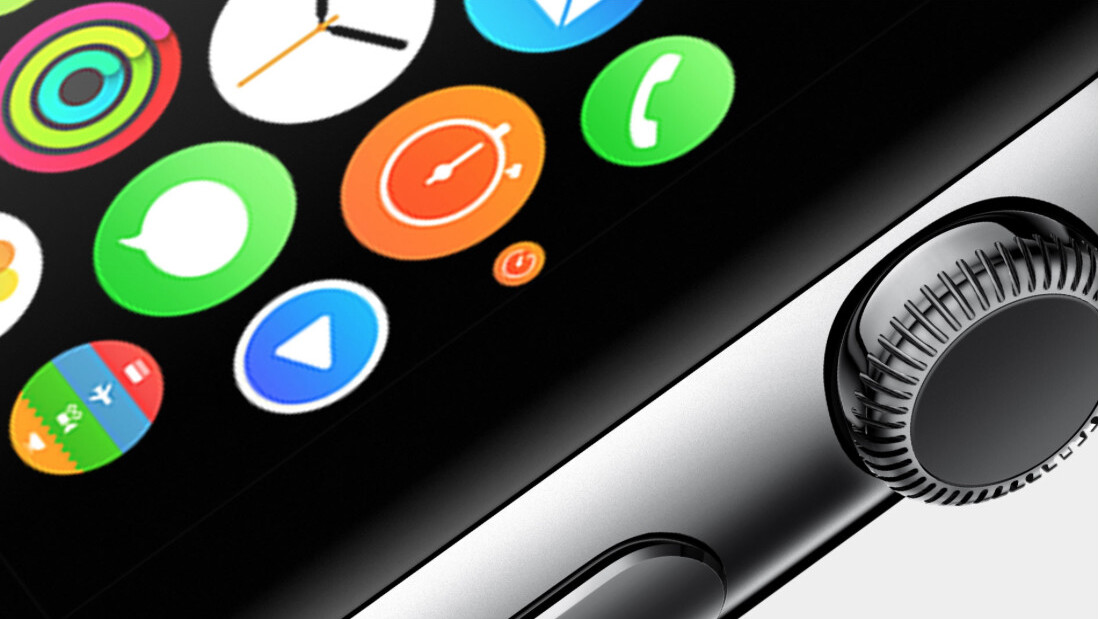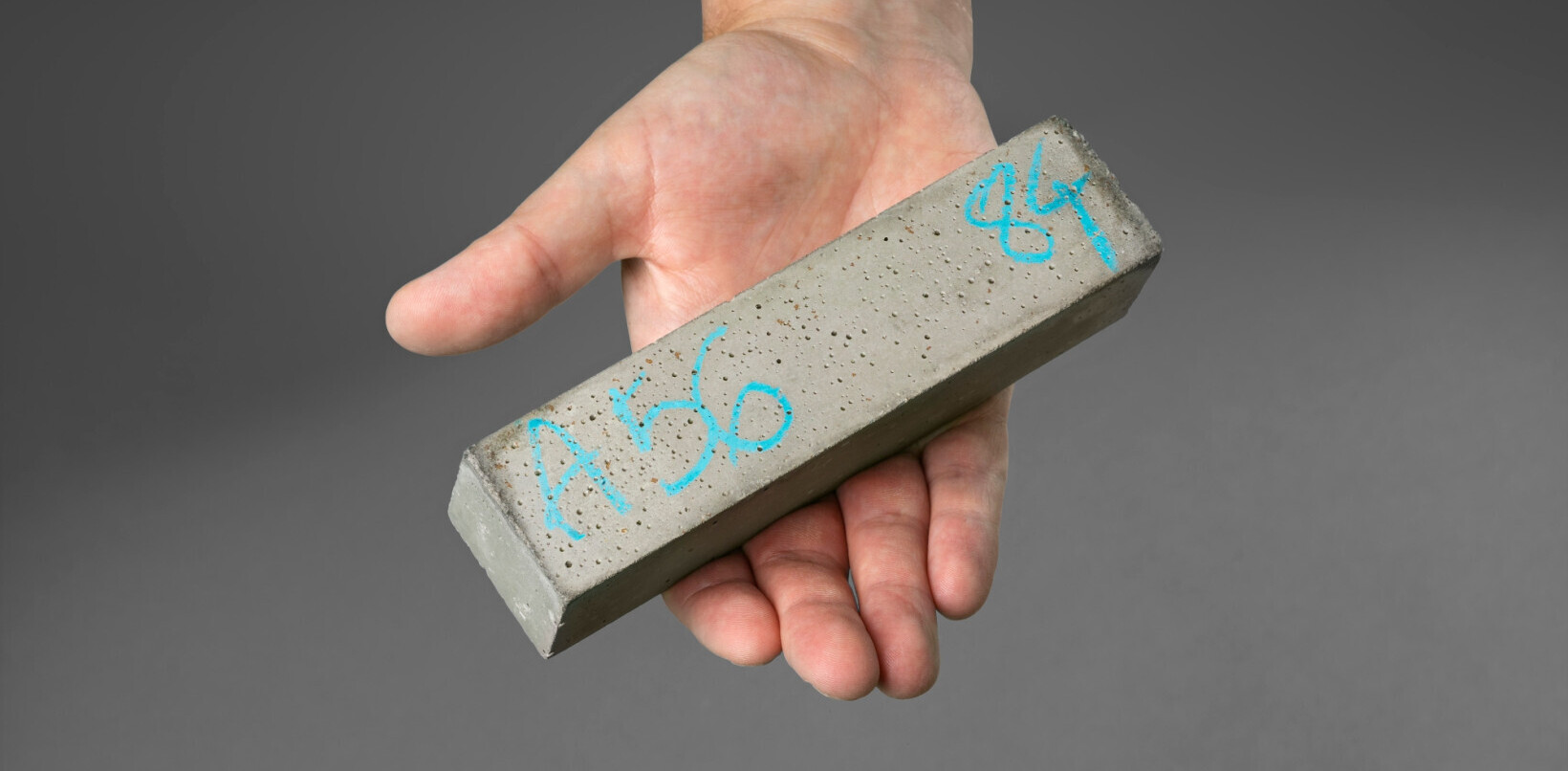
In the absence of Apple’s wearable, fitness makers like Jawbone, Fitbit, Withings and others have seen a boon of popularity as they race to tell the world that wearables are here to stay.
It’s been a golden time of opportunity for these new companies to try set their own bar, since nobody had already done it for them, but now their time is limited. With Apple’s Watch now on the horizon, it seems to me that these companies are now simply living on borrowed time.
Wearables that exclusively perform basic fitness activities aren’t here to stay for long. A new class of devices, like the Apple Watch, that can track fitness and perform other interesting tasks right on your wrist are on their way to shake up the market.

It simply doesn’t make sense for the majority of people to buy a dedicated wearable for simply tracking steps or how far their bike ride goes. Fitness wearables have exploded in popularity, but I’d argue this is only because of smart marketing and the absence of Apple’s Watch.
Do people really care about wearables that track steps, or did they just buy whatever was available? The majority of the currently available fitness trackers are glorified pedometers. I can’t think of anything more boring.
As far as I can tell, the only people that care about you tracking your fitness are all the companies trying to tell you that this year is the year of wearables.
Android Wear, Google’s platform to compete with Apple’s Watch debuted in mid-2014, which should be the perfect answer to the forthcoming Apple Watch, but it’s still not very well refined. Google Fit feels like an early preview at best and requires a good amount of work before it’s considered suitable for tracking extensive fitness, let alone the fact that the platform itself needs work.
Android Wear feels like a bit of a beta right now; it’s good, but not great. Only now are we starting to see truly well designed Android Wear watches starting to emerge. It can track more than just your steps, but Android Wear has yet to prove it can catch on for the mainstream yet.
Few seem to have figured out the magic formula required to get people everywhere to put a device on their wrist. Fitness itself is a selling point, but it can’t be the only selling point. I believe it to be a combination of the below:
Visual appeal (fashion appeal, consumer desire) + adaptable (applications, extendable API, opportunities for developers) + great software platform (good design, easy to use) + fitness sensors (variety, beyond just steps) = hit product
Note that Android Wear, in general, can fit into these boxes. Some watches on the platform have visual appeal, Android Wear has applications and supports fitness sensors, but the platform itself feels like it needs more work. It’s often confusing to use and inconsistent throughout the OS. But, it’s early days. Google can still change the game.
Even with two years of lead time, nobody has quite managed to pull it off. Even though the Apple Watch’s design is controversial and nobody’s actually used one yet, it absolutely shattered perceptions of what a wearable should look like. It looks nothing like anything on the market.
We don’t know if it’ll be any good yet — hell, it could be terrible — but from what we know it’s likely to be a leap ahead of what’s been available. Of course, that’s assuming Apple’s marketing is honest. My expectations aren’t particularly high, but it’s still looking better than what’s out there now.
Let’s review where other smart watches are at right now:
Fitbit, seemingly sensing the coming freight train, has smartly attempted to pitch its latest devices as watch-like, but it may not be enough as the company is still selling what ultimately amounts to a bracelet. The company was valued at over $300 million last year. Jawbone is basically pursuing the same strategy.
Interestingly, Microsoft surprised me most by launching the most coherent wearable in all of 2015. The Microsoft Band is a bracelet full of a bunch of sensors which is pretty nifty, but it’s still not quite the right implementation. It treats the wrist as a place to put a plastic bracelet, not a well thought out fashion accessory that also does smart things.
Others, like the Withings Activte, get the fashionable part of the wearable right but misses the ball again by jamming in another glorified pedometer and not doing much else.
When the Apple Watch launches, it’s going to put Fitbit, Jawbone, Withings and other fitness companies in an interesting position; they will then need to sell their devices as exclusively for tracking fitness when their major competitor becomes the hub for the phone on the wrist as well as tracking fitness.
These companies have all have years to beat Apple to the punch but haven’t managed to deliver anything that changed the way we look at what we put on our wrist in a meaningful way.
The Apple Watch probably won’t be perfect and its design may be divisive, but one thing’s for certain: it’ll finally change the way the world perceives wearables.
Get the TNW newsletter
Get the most important tech news in your inbox each week.






